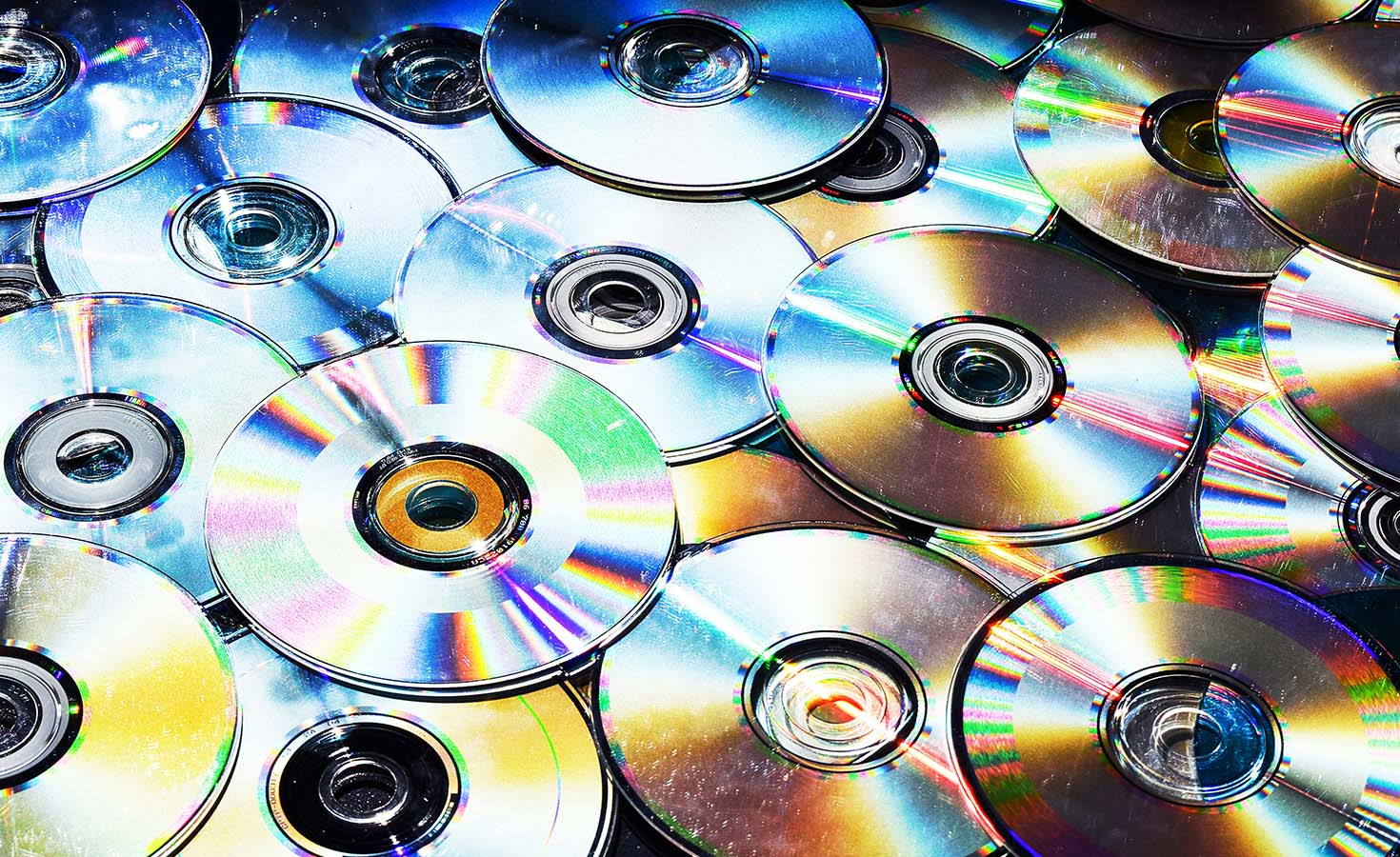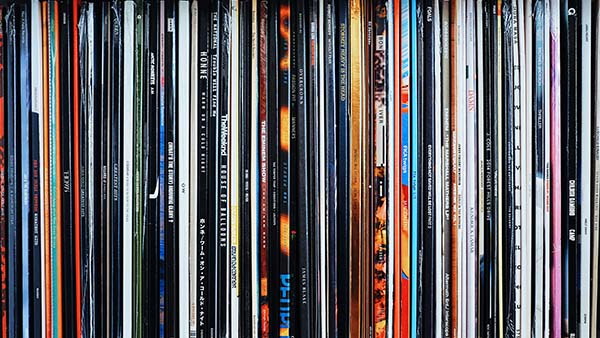
The vinyl record died. The cassette replaced it. Then came the 8-track. Then the compact disc. Across all media, the replacement pattern of shinier technology has been reliably moving us forward one innovation at a time.
But the dawn of the age of streaming gave purchasers access to a media library too large to consume in one lifetime. A promise of an endless catalog boasting music, movies, TV, games, books, magazines, news articles, and more. All available with the push of a button or the tap of a screen. And thus the physical media reincarnation cycle was halted in favor of digital media.
But as streaming services continue to fragment and libraries grow pricier and shallower, audiences are becoming frustrated and the simplicity of yore is sorely missed.
Let’s look at the supposed death of physical media, the dominance of streaming, and how these trends might affect your marketing efforts.
Who owns what?
A childhood friend of mine’s father was a radio DJ. In his home office, he had floor-to-ceiling shelves packed with CDs, cassettes, and vinyls. What didn’t make it onto the shelves were stacked in crates on the floor. Tens of thousands of tracks. At the time I was sure it was the largest music collection in the world.
Today, for 11 bucks a month, I can access a collection that’s tens of thousands of times bigger than that. But what good is a library of ones and zeroes that I don’t really own? Spotify won’t last forever. And when it goes, do my playlists go, too? Because my high school mixtapes squirreled away in the basement still play.
You might think that this is a problem for another day, but it’s already happening. In 2022, Warner Bros. Discovery pulled Westworld from the HBO Max library. And now you can’t watch Westworld. Whether it’s for tax write-offs, licensing issues, or just an aversion to paying residuals, movies and shows are disappearing every day. And discontent is bubbling for consumers and creators alike.
Directors Christopher Nolan and Guillermo del Toro have both made public pleas for cinephiles to become “custodians” of the works they love. Nolan even went so far as to add that by owning a physical copy of a movie, “no evil streaming service can come steal it from you.”

Audiences love to hate it
But are audiences really that upset? Well, kind of. According to Reuters, “Growth in the premium subscription-video-on-demand category slowed to 10.1% last year from 21.6% in 2022.” But even though industry research often turns up negative sentiments like “It costs too much,” and “There are too many options,” you shouldn’t be preparing for the downfall of streaming anytime soon.
While consumers grumble about declining quality, their spending patterns tell a different story. 99% of all American households pay for at least one or more streaming services. It has become the de facto standard in modern media consumption. And the video streaming industry is now worth well over $500 billion.
What it means for marketers
Streaming will continue to grow, especially ad-supported streaming. Consumer data company Disqo recently conducted a survey that showed “13% of consumers are opposed to ad tiers on streaming platforms … a significant decrease from last year’s 36% who said they were opposed to ads in exchange for discounted streaming.” So as audiences grow, Prime Video, Disney+, and Netflix continue to bolster their ad-supported tiers, and audience targeting continues to improve for connected TV, it might be the best time to start advertising on streaming services.
If you’re looking for a marketing partner who understands the trends, we’re always happy to have a conversation.

